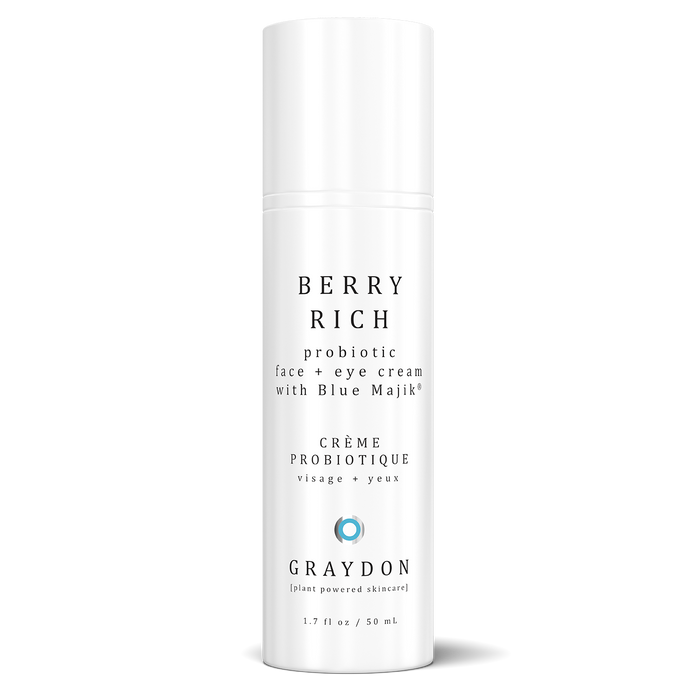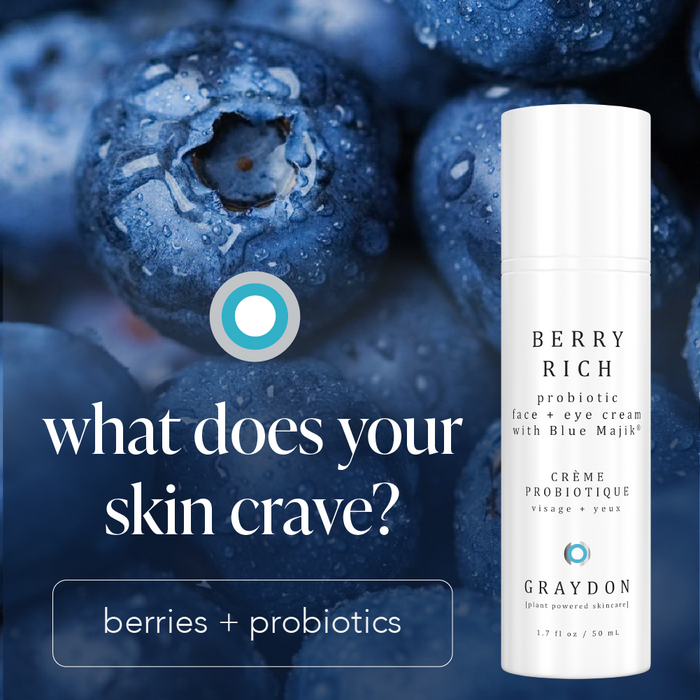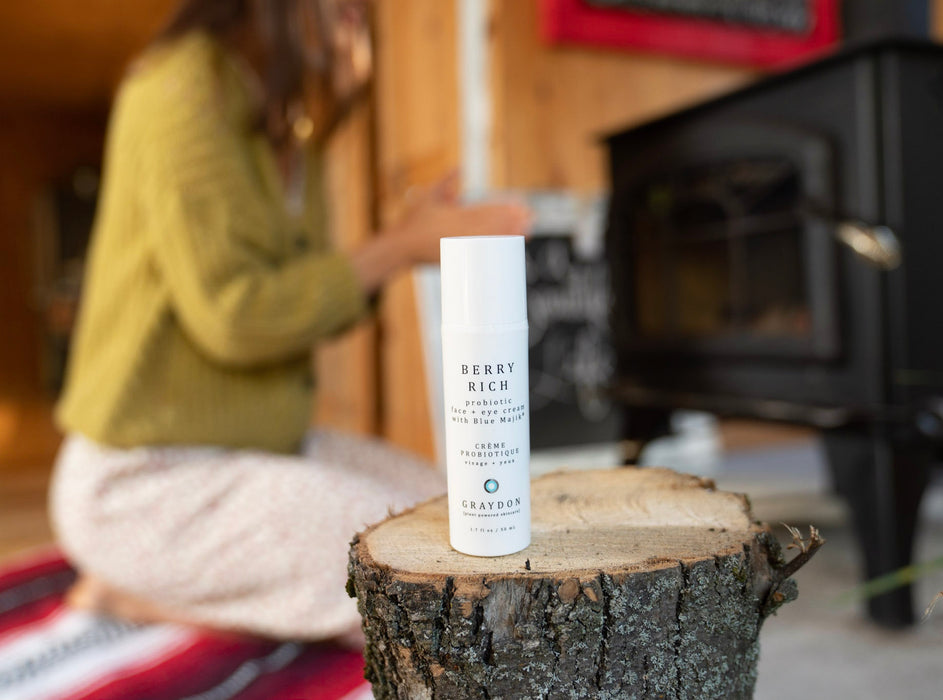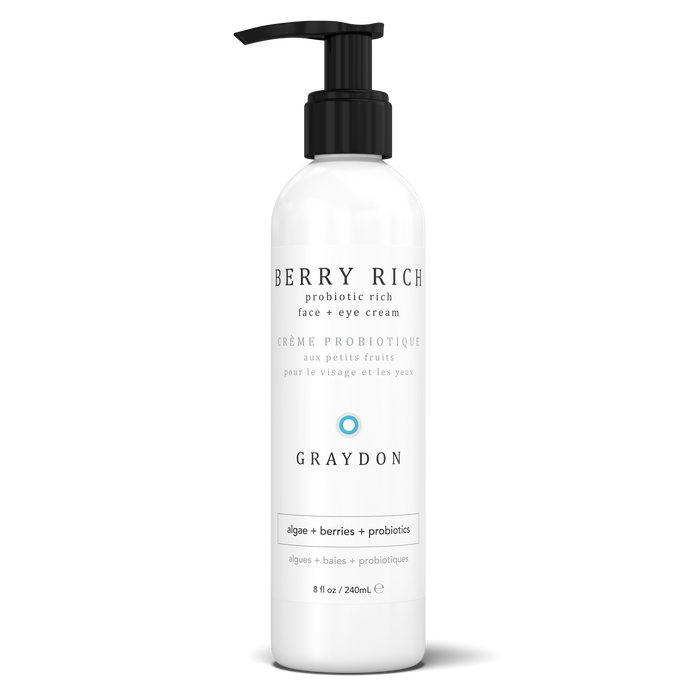Halloween is almost here! Soon, there will be vampires, witches and all sorts of little monsters roaming the streets. Speaking of monsters, right now there are thousands of little monsters squirming around on your skin. Yikes!
While that sounds scary, these monsters are nothing to be frightened of. They’re actually tiny microorganisms that create the skin microbiome.
I know, it still sounds kind of creepy. So today, let’s discuss why the little monsters on your skin are nothing to be afraid of…as long as you keep them in balance!
What is the skin microbiome?
The skin microbiome is a complex community of bacteria, viruses, fungi and even mites. There are actually thousands and thousands of different microorganisms living on your skin at all times. It’s believed that the skin microbiome may be home to more microorganisms than the gut microbiome.(1)
Research shows that the types and numbers of microorganisms vary by skin site. An analysis of 20 skin sites on 10 different people found that sebaceous, moist and dry sites all had different ratios of each microorganism. Propionibacteria was the dominant bacteria in sebaceous areas (parts of the body with increased numbers of sebaceous glands, such as the face).(1) Propionibacteria (also known as P. acnes) is involved in the development of acne.(2)
Location on the body is not the only factor that contributes to the composition of the skin microbiome. The following factors also play a role in the types and numbers of microorganisms on the skin:(1)
- Ethnicity
- Gender
- Age
- Lifestyle
- Personal hygiene
- Use of cosmetics
- Use of oral antibiotics
- Geographic location
- Climate/Season
What does the skin microbiome do?
The skin microbiome has two main functions:
1. Provide protection: The skin microbiome supports skin barrier function. A strong skin barrier is essential for keeping the skin happy and hydrated. The microbiome also helps to prevent bad bacteria from penetrating the skin.(1)
2. Train the immune system: The skin microbiome can recognize bad bacteria and help trigger an immune response. This response involves the production of antimicrobial peptides that can kill bacteria, fungi and viruses.(3)
Thinking about all of those little critters, squirming around on your skin can leave you with an icky feeling. So here’s a tip: Think of them as security guards!
How to protect your skin microbiome
If you want your little skin security guards to do their best work, you need to give them a little help. Here are three tips for keeping your skin microbiome in balance:
1. Be gentle: Over exfoliation and harsh skincare products can disrupt the microbiome. Soothing cream cleansers like our Aloe Milk Cleanser are a great option for gently washing the face without disturbing the skin microbiome. In fact, one study shows that the niacinamide in Aloe Milk Cleanser may enhance the antimicrobial properties produced by the skin microbiome.(4)

2. Add probiotics: It’s no secret that probiotics are good for your gut microbiome. Research suggests that the same is true for your skin microbiome. Studies show that topical probiotics can help minimize acne and improve other inflammatory skin conditions.(5) Our Berry Rich Face + Eye Cream is formulated with vegan probiotics to help maintain the balance of good bacteria on the skin.
3. Make healthy choices: Believe it or not, your gut microbiome and skin microbiome are linked.(6) To help keep your skin microbiome in balance, choose nutrient-rich foods like oats, vegetables, legumes and yogurt. It’s also important to get outside and move your body!
Summary
- The skin microbiome is a complex system of bacteria, viruses, fungi and mites.
- Different microorganisms live on different skin sites
- The skin microbiome acts as a security guard by:
- supporting the skin barrier and preventing bad bacteria from penetrating the skin.
- triggering an immune response and producing antimicrobial peptides to combat bad bacteria.
- Keep your skin barrier strong by:
- avoiding harsh skincare products
- adding topical probiotics to your skincare routine
- eating a healthy diet
- Add Aloe Milk Cleanser and Berry Rich Face + Eye Cream to your skincare routine to help support your skin microbiome.
__________________
Pumpkin has so much more to offer than just a tasty latte in autumn. Read on to learn about the superfood benefits of pumpkin and the role it plays in skincare.














